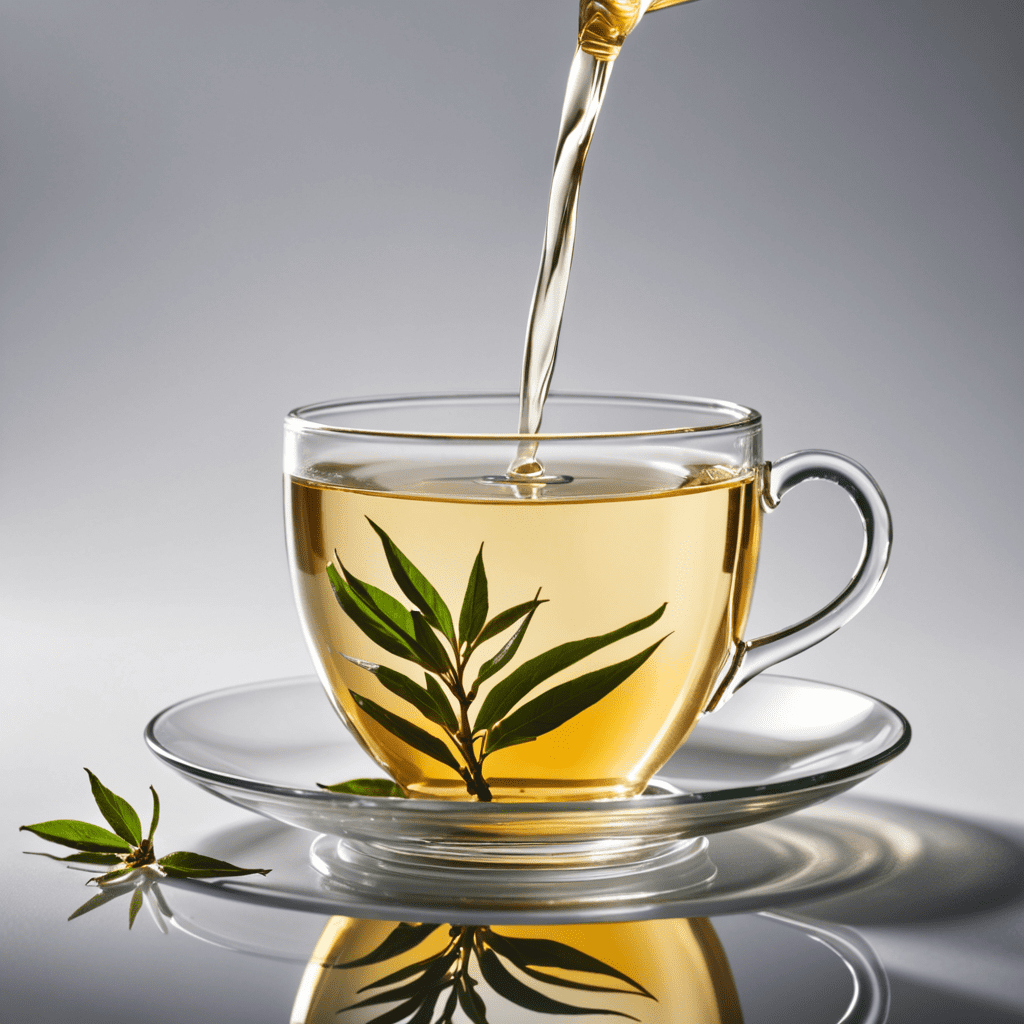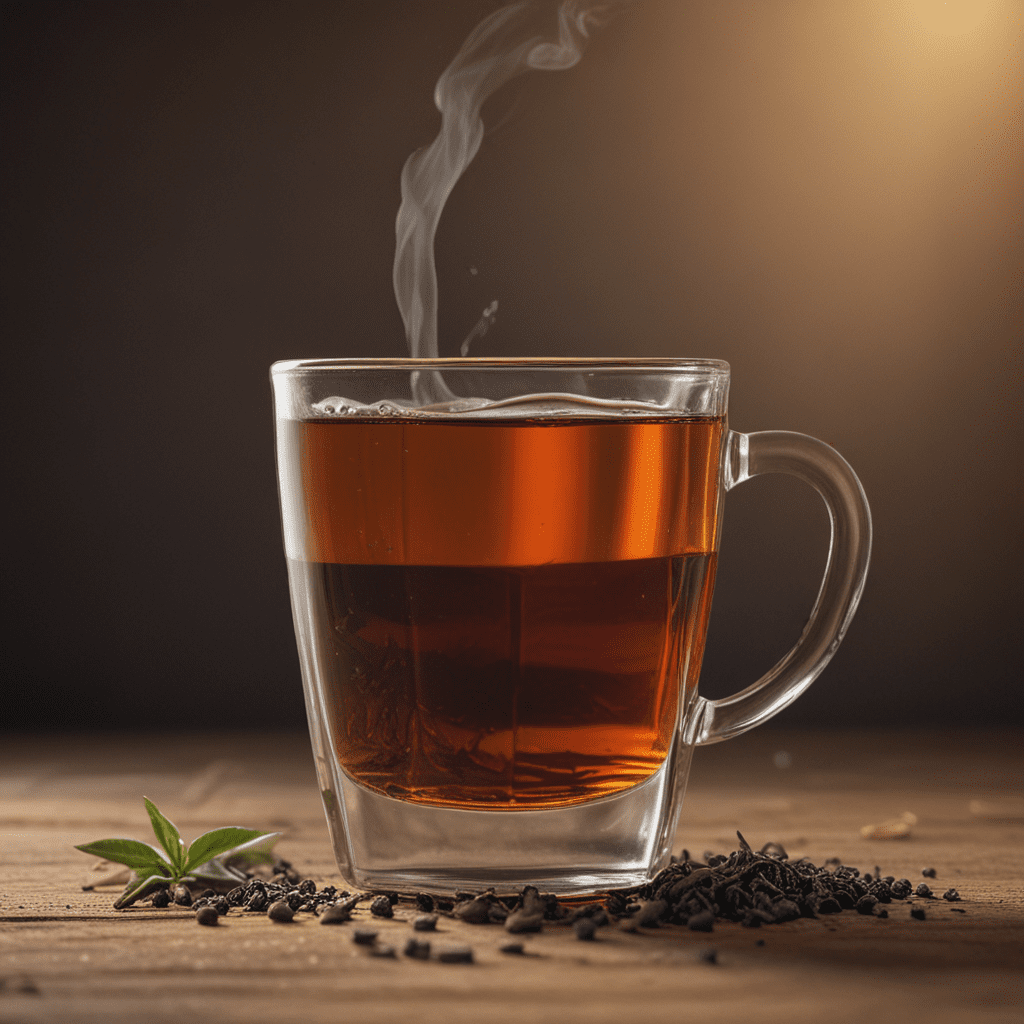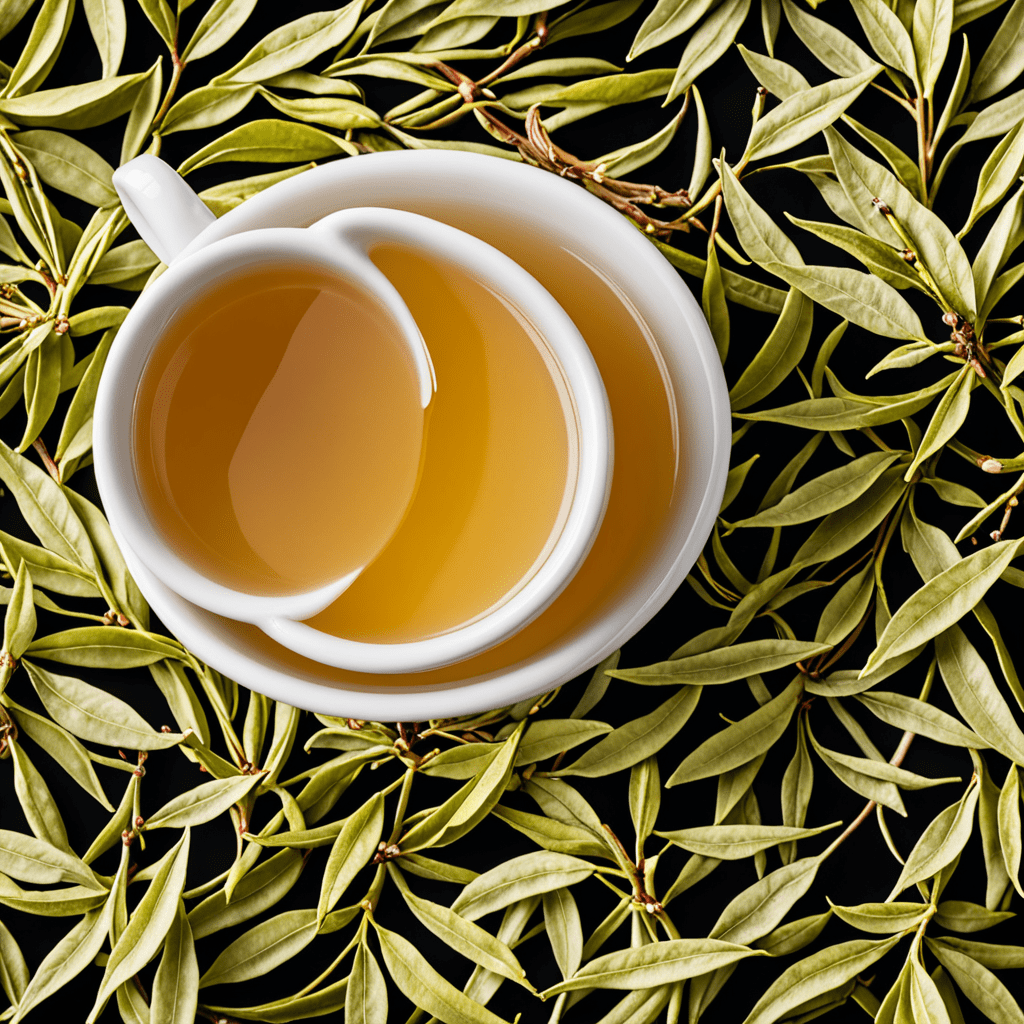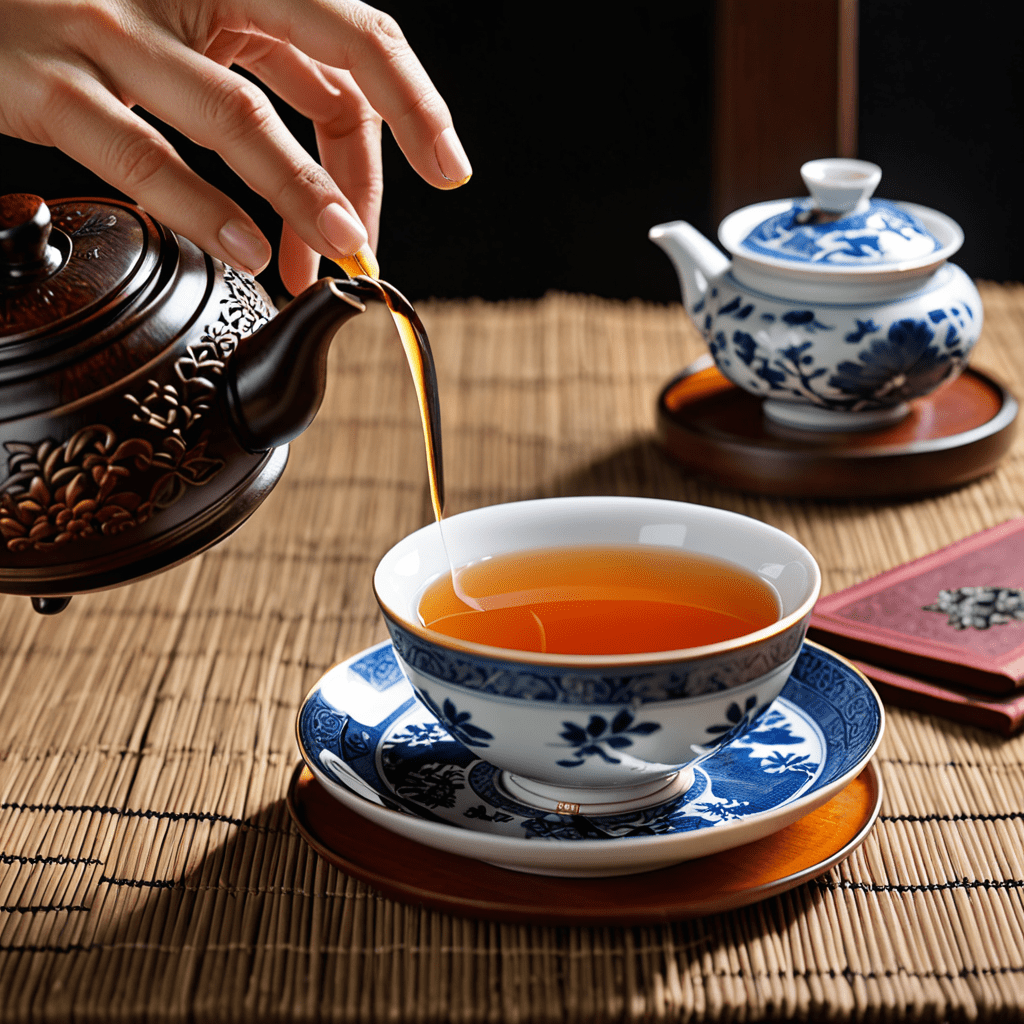White Tea: A Symphony of Tea Reflection
White tea, often regarded as the most delicate and refined of all teas, carries a rich history and a sensory experience like no other. Let’s delve into the world of white tea and uncover the intricacies that make it a symphony of tea reflection.
The Origin of White Tea
White tea originates from the Fujian province of China, where its production dates back to ancient times. The name “white tea” is derived from the fine silvery-white hairs on the unopened buds of the tea plant, Camellia sinensis.
The Making of White Tea
Unlike green or black tea, white tea undergoes minimal processing. The leaves are simply plucked and left to wither and dry. This gentle process preserves the natural flavor and fragrance of the tea, resulting in a subtle and delicate brew.
Health Benefits of White Tea
White tea is known for its high antioxidant content, making it beneficial for boosting the immune system, promoting healthy skin, and even potentially reducing the risk of certain diseases. Its low caffeine content also makes it a soothing option for relaxation.
Flavor Profile of White Tea
White tea offers a mild and slightly sweet flavor with floral undertones. Its delicate nature allows for subtle nuances to shine through, providing a refreshing and rejuvenating experience with every sip.
Types of White Tea
There are several varieties of white tea, including Silver Needle, Bai Mu Dan (White Peony), and Shou Mei. Each type offers a unique taste and aroma, catering to different preferences of tea enthusiasts around the world.
Best Practices for Brewing White Tea
To fully appreciate the delicate flavors of white tea, it is essential to brew it properly. Use water that is around 175°F, and steep the tea for 2-4 minutes for optimal taste. Experiment with different brewing techniques to find your perfect cup.
Embracing the Symphony of White Tea
With its graceful taste, rich history, and potential health benefits, white tea stands out as a true symphony of tea reflection. Whether enjoyed alone or paired with light pastries, white tea offers a moment of tranquility and a journey through centuries of tea culture.
FAQ About White Tea
What is white tea?
White tea is a delicate and minimally processed tea made from the young leaves and buds of the Camellia sinensis plant. It is known for its subtle flavor, light color, and high levels of antioxidants.
How is white tea different from other types of tea?
White tea undergoes minimal processing, with leaves simply withered and dried. This gentle process helps retain the natural taste and aroma of the tea, making it unique compared to green, black, or oolong teas.
What are the health benefits of white tea?
White tea is rich in antioxidants, which may help reduce the risk of chronic diseases and promote overall well-being. It is also believed to have antibacterial and anti-inflammatory properties.
How should white tea be brewed?
To brew white tea, use water below boiling temperature (around 175°F), steep for 1-3 minutes, and enjoy the subtle flavors that unfold with each sip. Avoid adding milk or sweeteners to fully appreciate its delicate taste.
Is white tea suitable for everyone?
White tea is generally low in caffeine and gentle on the stomach, making it a good option for those sensitive to caffeine or looking for a milder tea. However, individuals with specific health conditions should consult a healthcare provider before consuming white tea.



